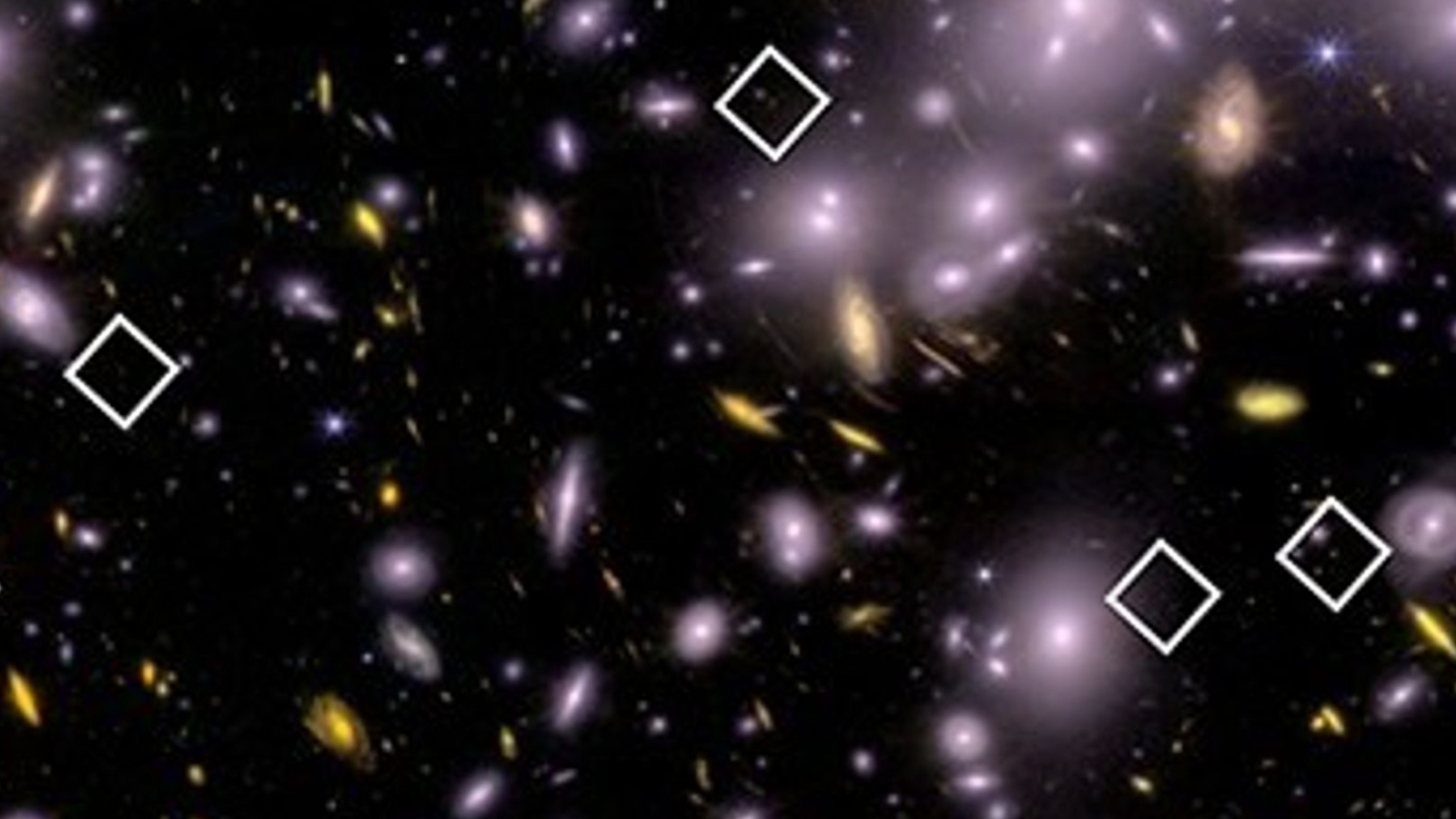UAE Hope Mars orbiter: The Arab world's first interplanetary mission
The Hope Mars mission will study the atmosphere of the Red Planet.
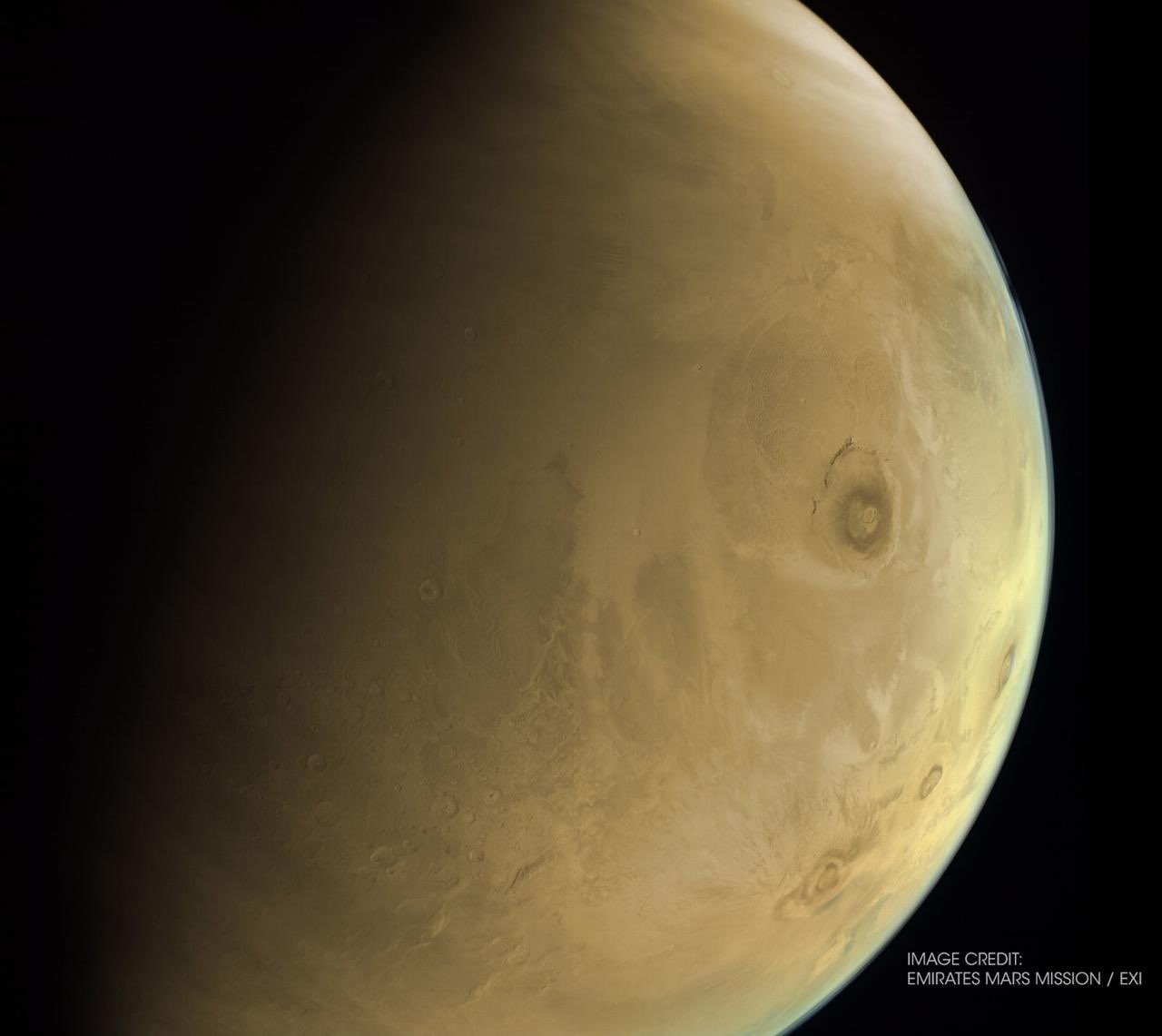
The Hope Mars Mission, also called the Emirates Mars Mission, is the first uncrewed, interplanetary satellite spearheaded by the United Arab Emirates (UAE). In fact, the Hope satellite is the first planetary science mission led by an Arab-Islamic country.
The UAE purposely selected lofty goals for the project, which was designed in part to mark the country's 50th anniversary. The Hope spacecraft launched successfully on July 19, 2020 aboard a Japanese rocket and arrived successfully in orbit around Mars on Feb. 9, 2021.
Related: The UAE's Hope Mars orbiter: Here's 6 things to know
UAE's Hope Mars orbiter: How big is it?
Join our forums here to discuss missions currently exploring Mars. What do you hope they find?
At launch, the Hope satellite had a total mass (including fuel) of 3,300 lbs. (1,500 kilograms), according to NASA. And at about 7.78 feet (2.37 meters) wide and 9.51 feet (2.90 m) tall, the probe is about the size and weight of a small car. Four to six 120-newton Delta V thrusters will propel the spacecraft using hydrazine, and inorganic and highly volatile chemical.
After seven months of space travel, the probe reached orbit around Mars in February 2021. Once its science work begins, the spacecraft will study the Red Planet for a full Martian year (687 Earth days, or about two years). If things go well, the mission may receive a two-year extension that would take the spacecraft into 2025.
Related: A brief history of Mars missions
More: The United Arab Emirates' Hope Mars mission in photos
Hope will collect the scientific data using three state-of-the-art technologies mounted on the satellite:
- The Emirates Exploration Imager (EXI): This multiband camera will take 12-megapixel images at a spatial resolution of less than 5 miles (8 kilometers). The camera will be able to image the Martian atmosphere in three visible bands and three ultraviolet bands, all of which will help the mission to measure dust, water ice and ozone abundance in the atmosphere.
- The Emirates Mars Infrared Spectrometer (EMIRS): In collaboration with Arizona State University, the Mohammed bin Rashid Space Centre designed EMIRS to measure the dust, ice clouds, water vapor and temperature profile of the Martian atmosphere.
- The Emirates Mars Ultraviolet Spectrometer (EMUS): This spectrometer will measure changes in the thermosphere; the structure of the hydrogen and oxygen exospheres around the planet; and the ultraviolet emissions of hydrogen, oxygen and carbon monoxide in the atmosphere. It will also track changes in the exosphere by season, solar inputs and winds driven by the lower atmosphere.
The Hope spacecraft at Mars: Here's the science
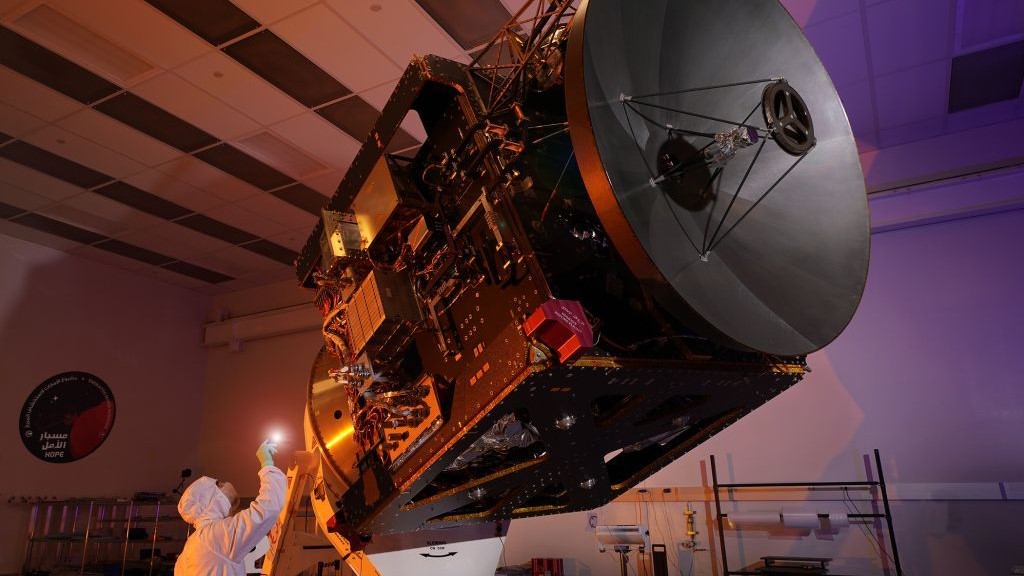
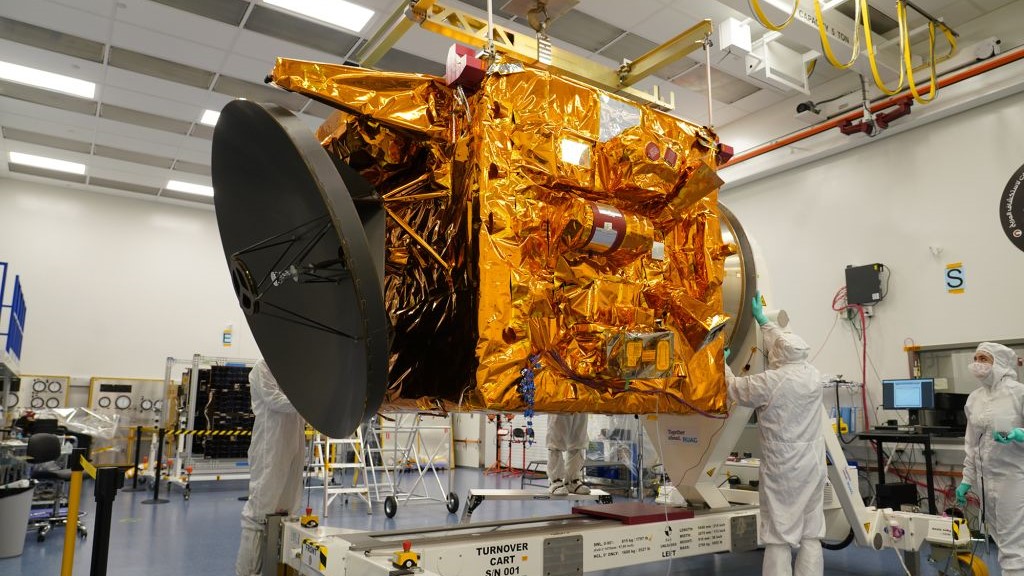
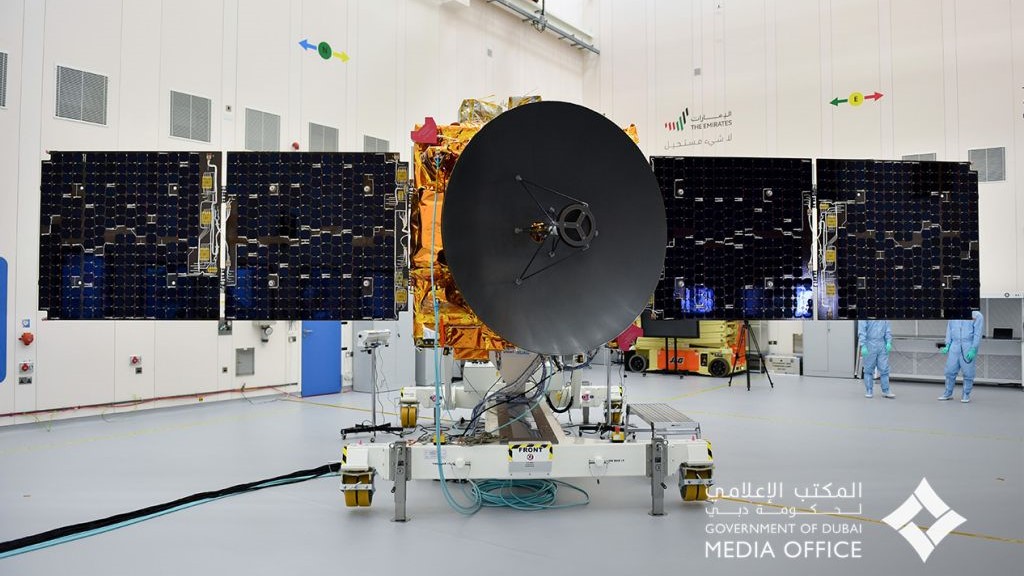
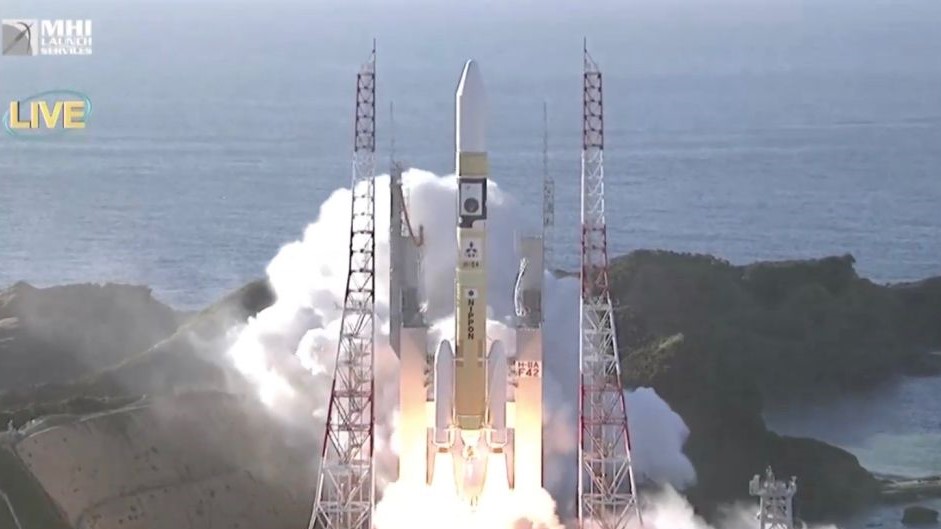
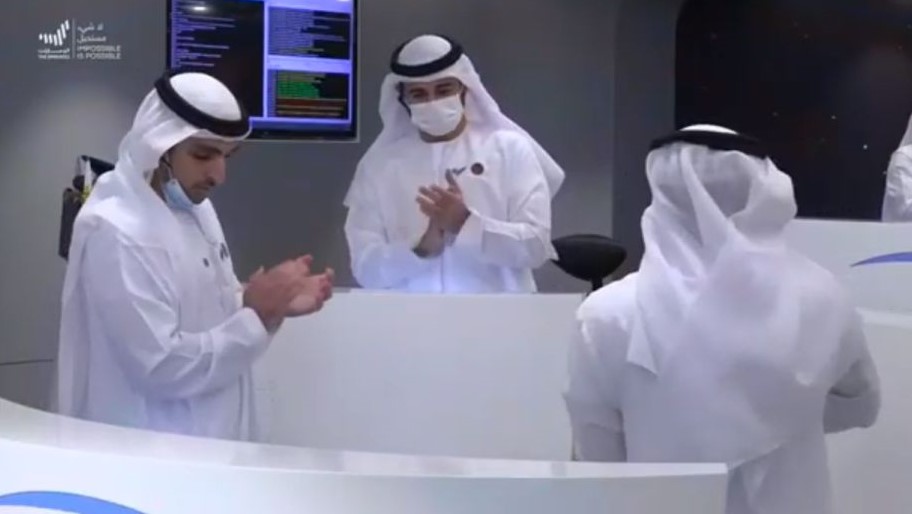
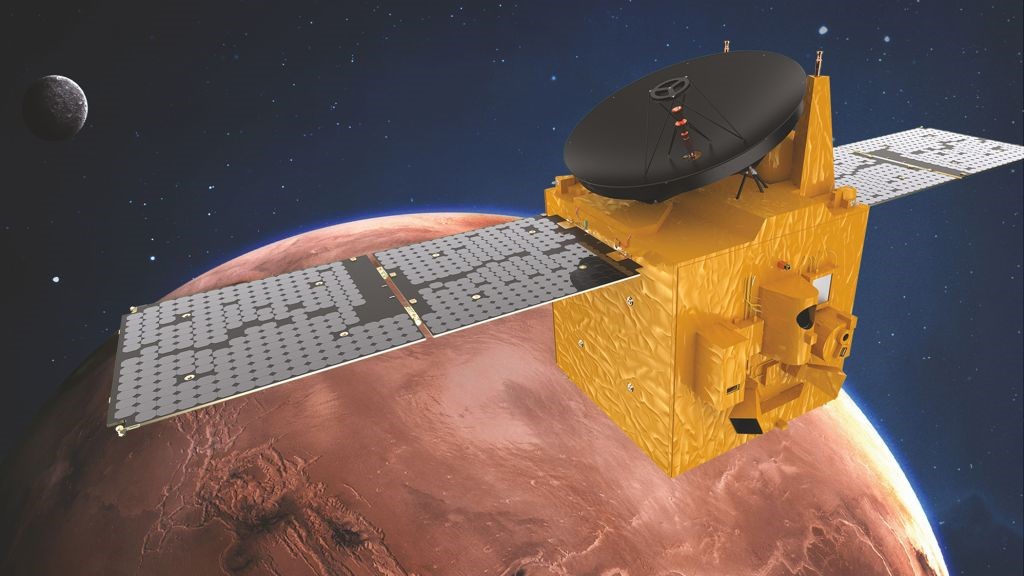
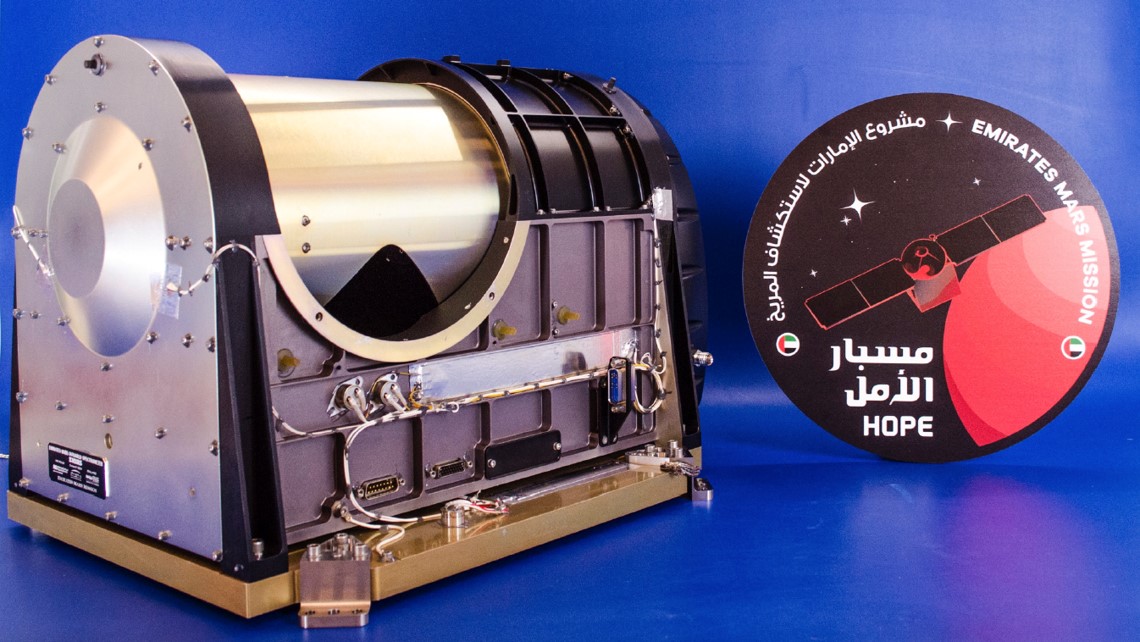
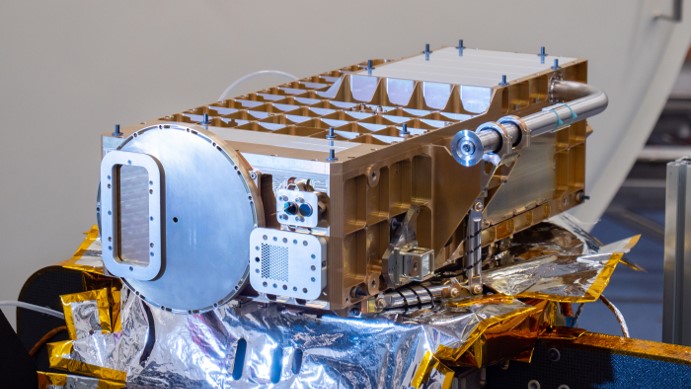
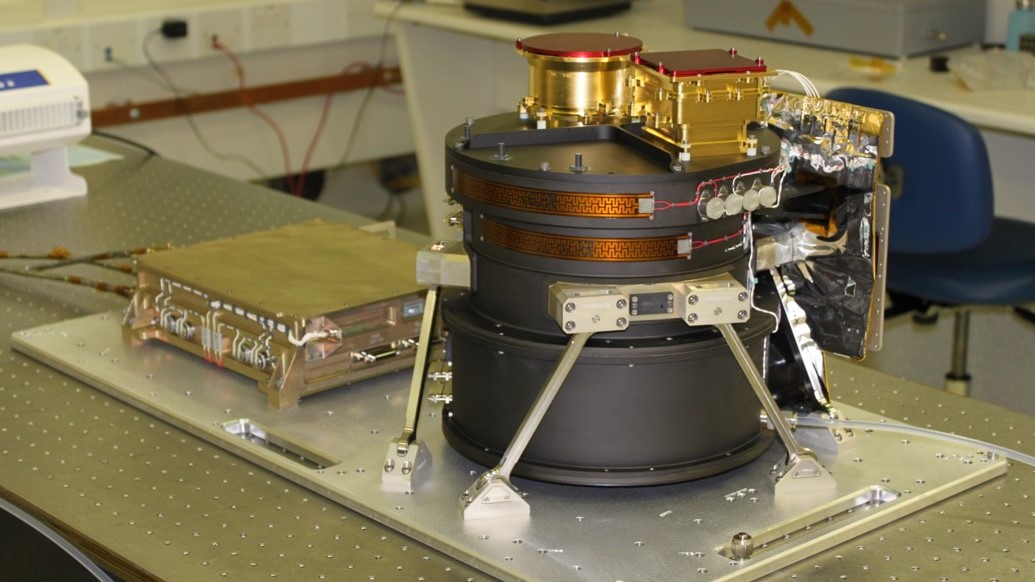
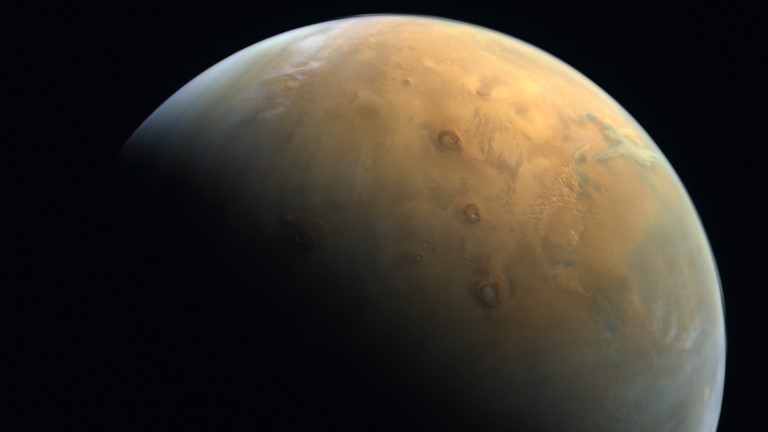
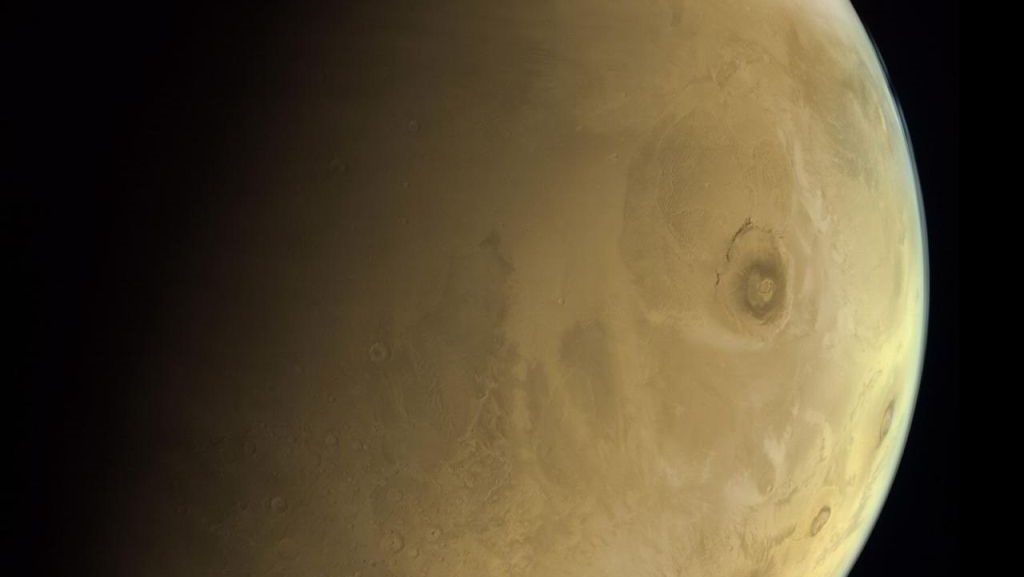
Built in collaboration with the University of Colorado Boulder, University of California, Berkeley, and Arizona State University, the Hope spacecraft is in many ways a state-of-the-art weather satellite. It will help answer some outstanding questions about Mars' climate and atmosphere. The satellite mission has four primary objectives:
- Search for the connection between current Martian weather and the ancient climate of Mars. Substantial geophysical evidence suggests that Mars was once a much warmer and more humid world, with substantial liquid water on its surface. Those past conditions may have been optimal for some form of life to evolve.
- Study the mechanisms that have driven oxygen and hydrogen out of Mars' atmosphere. Loss of the Martian atmosphere is believed to be the root cause behind Mars becoming a cold desert in which water can exist only as either vapor or ice. Understanding what is driving (and may have driven) away these crucial parts of the atmosphere could help researchers understand how the Martian atmosphere has evolved over time and potentially how life on Mars could have been lost.
- Study the connections between the lower and upper atmospheres of Mars.
- Create a global picture of how the Martian atmosphere varies throughout the day, season and year. Current available data provides temperature and climate information for only a small stretch of time on Mars. If successful, the data collected by the Hope satellite will provide the first holistic view of the Martian climate every day of the year for multiple years.
UAE's Hope Mars mission from launch to orbit
Hope launched from Japan's Tanegashima Space Center on a Mitsubishi Heavy Industries H-IIA rocket on July 19, 2020, after several delays due to weather. The spacecraft successfully separated from the rocket about an hour after liftoff.
In the course of its seven-month, 300-million-mile (480 million km) voyage, Hope accomplished several planned course corrections using its Delta-V thrusters. Because those operations went better than expected, the craft also collected some bonus data along the way, inspecting hydrogen near Mars as well as examining interplanetary dust.
On Feb. 9, 2021, Hope performed a 27-minute thruster burn to slow down enough to enter orbit around Mars. During the burn, mission personnel on the ground could only wait and hope that their work paid off.
Check out Hope's beautiful first Mars closeup
With the successful orbit insertion, the UAE became the fifth entity to reach Mars, joining NASA, the Soviet Union, the European Space Agency and India. China joined that group one day after the UAE with the Mars orbit insertion of its Tianwen-1 mission.
While the probe is gathering science observations, it will orbit over the planet near its equator once every 55 hours.
What Hope means for the UAE
When Sheikh Khalifa bin Zayed Al Nahyan, the president of the United Arab Emirates, announced in July 2014 that the UAE would send a satellite to Mars, he said that the launch date would be in July 2020, only six years from his announcement. That timing coincides with the alignment of Earth and Mars, which occurs once every two years. It also meant the spacecraft would reach Mars in 2021, coinciding with the 50th anniversary of the United Arab Emirates' formation.
Hope is one aspect of the Emirati government's push for space development. The government also established a program meant to drive toward building a habitable settlement on Mars by 2117. And in September 2019, the United Arab Emirates sent its first Emirati astronaut into space. Hazzaa Ali Almansoori, a former pilot, spent eight days on the International Space Station, where he performed a series of experiments and gave a tour of the station in Arabic.
But the United Arab Emirates Space Agency — the government agency tasked with developing and regulating a world-class space sector for the United Arab Emirates — was established only in 2014, the same year that the Al-Amal (Arabic for "hope") mission was announced. And it wasn't until April 2015 that Mohammed bin Rashid Al Maktoum, the vice president and prime minister of the United Arab Emirates, established the Mohammed bin Rashid Space Centre, where the Hope satellite would actually be built.
"We chose the epic challenge of reaching Mars because epic challenges inspire and motivate us," Mohammed bin Rashid said in the 2014 statement. "The moment we stop taking on such challenges is the moment we stop moving forward."
The Emirates called the satellite "Hope" because its manufacture and scientific data would hopefully provide value for the future in two major ways: helping scientists understand how atmospheres evolve over time and helping to modernize the Arab world.
Understanding how factors such as sunlight, dust and temperature affect the entire Martian atmosphere each day and throughout the seasons could also illuminate details about the atmosphere around the Earth and even planets around other solar systems, called exoplanets, according to the mission’s scientific goals. Scientists could also use the information to model the future of Earth's atmosphere, such as how it may evolve under the forces of climate change.
Related: 7 biggest mysteries of Mars
The Emirati government has also said that it sees this satellite as a way to bring the Arab world back to the forefront of science and astronomy — a position the region hasn't held since the Islamic Golden Age, from the ninth century to the 13th century.
During that time, the Muslim world was the stronghold of knowledge in philosophy, math, astronomy and medicine. The Arabs made pioneering strides in algebra and trigonometry and further developed astronomical tools such as sundials. But since the end of its halcyon days, the Arab world has statistically made little contribution to science, according to a review in The New Atlantis.
The Hope satellite is an attempt to help change that.
"This is the Arab world's version of President John F. Kennedy's moonshot — it's a vision for the future that can engage and excite a new generation of Emirati and Arab youth," said Yousef al Otaiba, the UAE's ambassador to the United States, during the UAE Embassy's National Day celebration in 2015, The National reported.
The Emirati government invested over $5.5 billion into space-exploration efforts, according to The National. And as the first-ever Arab-Islamic mission to another planet using a satellite built entirely by a Muslim nation, Hope is expected to help catalyze the development of a new generation of Arab scientists and engineers. They, in turn, will help shift the country's economic system away from the oil industry and prepare it for a world that depends less on oil, Sarah Amiri, the mission's science lead, told Scientific American in 2016.
As of July 2019, more than 70 Emirati scientists and engineers, almost all under age 35, were working on the mission. That number was expected to grow to 150 by 2020, according to Smithsonian.com. After the Mars arrival of the probe, Gulf News emphasized the youth of the engineering team and the relative youth of the UAE.
More Mars mission resources
- Watch the Mohammed Bin Rashid Space Centre's dramatic video detailing Hope's lofty goals.
- Learn why NASA experts say terraforming the Martian atmosphere to resurrect the planet's warmer past is possible only in science fiction.
- Watch a video about the ExoMars rover, the European Space Agency's first robot, which the agency will launch in 2020 to search for life on the Red Planet.
This article was updated on Feb. 23, 2021 by Space.com Reference Editor Vicky Stein.
Join our Space Forums to keep talking space on the latest missions, night sky and more! And if you have a news tip, correction or comment, let us know at: community@space.com.
Breaking space news, the latest updates on rocket launches, skywatching events and more!

